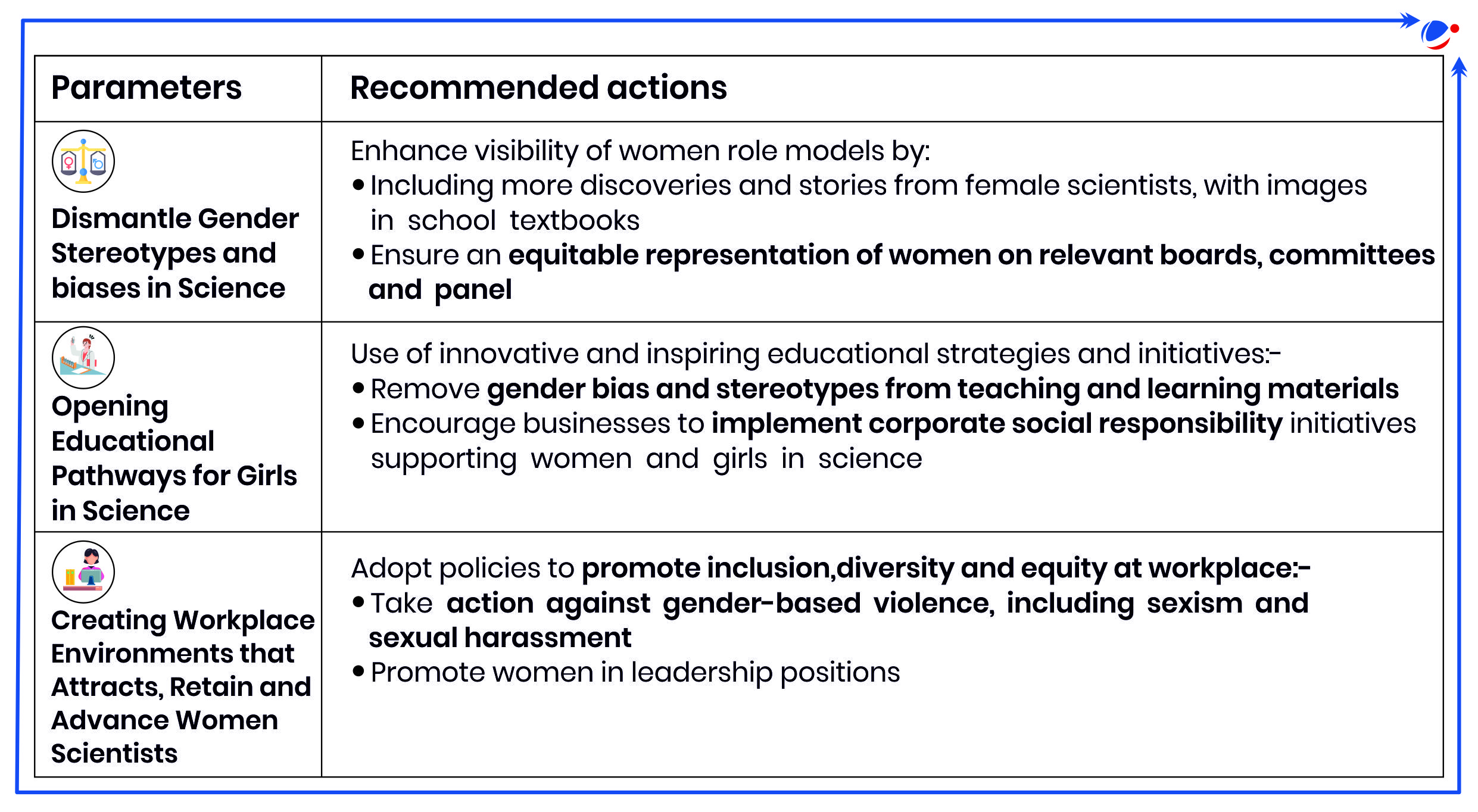Swavalambini
The Ministry of Skill Development and Entrepreneurship (MSDE), in collaboration with NITI Aayog launched Swavalambini.
About Swavalambini
- A Women Entrepreneurship Programme, initially introduced across Higher Education Institutions (HEIs) in Eastern regions has been now expanded to other regions of the country.
- Implementation: By National Institute for Entrepreneurship and Small Business Development (NIESBUD) in joint partnership with NITI Ayog.
- Aim: To establish a structured and stage-wise entrepreneurial journey for young women. The programme will take participants through various stages, including awareness-building, skill development, training, mentorship, policy support and funding support.
- It also provides six months of mentorship and handholding support to help participants translate their ideas into sustainable prospects.
- Tags :
- Women Entrepreneurship Programme
- Swavalambini
ASER 2024 released by NGO Pratham Foundation
The Annual Status of Education Report (ASER) is a nationwide rural household-based survey of children's schooling and learning status.
- It tests the schooling status for children in the age group of 3-16, and the ability to read simple text & do basic arithmetic in the age group of 5-16.
- The ASER survey was conducted annually from 2005 till 2014. Thereafter, an alternate-year cycle was introduced.
Key Findings
- Reversing the Learning Gap: Improvements in basic reading and arithmetic among students of classes 3 and 5 in rural areas reverting back from the post-pandemic damage.
- Improvement in both reading & arithmetic levels for all elementary grades (Std I-VIII) since 2022 with arithmetic levels being highest over the decade.
- Digital Literacy: In 2024, for the first time, it includes a component of ‘Digital Literacy’ among the age group 14-16.
- Access to smartphones is close to universal: Almost 90% of both girls and boys report having a smartphone at home.
- Gender Gap in Smartphone Ownership: 36.2% of boys own a smartphone compared to just 26.9% of girls.
- Smartphone Usage More for Social Media than Education: Only 57% of teenagers use smart devices for educational purposes, while approximately 76% use them for social media.
- School Infrastructure: All Right to Education indicators in ASER show slight improvements, including functional girls' toilets, drinking water facilities etc.
- Tags :
- ASER Report
- Learning Gap
WHO Framework Convention on Tobacco Control (WHO FCTC)
WHO marked 20 years of its first global treaty, the WHO FCTC.
About WHO FCTC
- Genesis: Adopted in 2003, enforced in 2005.
- Purpose: Provides a legal framework for tobacco control which includes large pictorial health warnings, smoke-free laws, and higher taxes.
- India’s Role: Ratified in 2004, served as South-East Asia’s regional coordinator.
- Impact: 5.6 billion people covered by at least one policy, contributing to declining global smoking rates.
- Tags :
- WHO
- FCTC
- Tobacco Control




